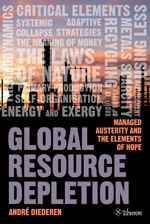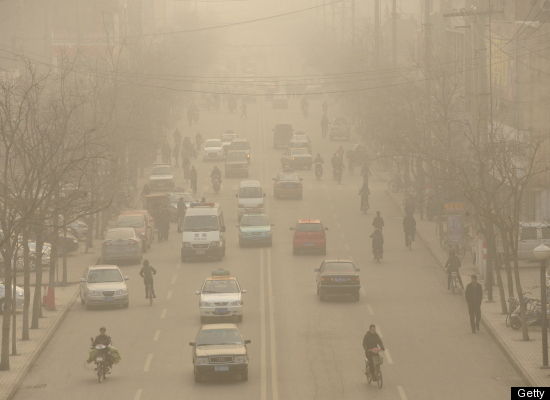First up the Christian Science Monitor.
New energy: climate change and sustainability shape a new era
A new energy revolution – similar to shifts from wood to coal to oil – is inevitable as climate change and oil scarcity drive a global search for sustainability in power production. But even the promise of renewable energy holds drawbacks.
New energy: climate change and sustainability will shape a new era in which renewable sources such as solar power will ultimately replace oil. A solarplant near Seville, Spain uses mirrors to concentrate the sun’s rays onto towers where they produce steam to drive a turbine, producing electricity.
Marcelo del Poso/Reuters
“Tonight I want to have an unpleasant talk with you,” a somber President Jimmy Carter said gravely into a television camera on an April night in 1977.
This article is part of the cover story project on the future of energy in the Nov. 8 issue of The Christian Science Monitor weekly magazine. Subscribe here: http://tiny.cc/4zeuu
Gareth Fuller/AP
Related Stories
- Power Trip: The Story of America’s Love Affair with Energy
- 10 “must-read” energy books
- Opinion: A bold — and painless — way to unleash energy innovation and create jobs
- Our role in the future of energy
- Buying carbon offsets may ease eco-guilt but not global warming
- Carbon offsets: Using the green cloak of ‘certification’ to sell
A series of oil embargoes and OPEC price hikes had hit the nation hard. Gasoline prices had tripled. Auto-dependent Americans had sometimes waited hours in line to buy the gasoline needed to get to work. The president, in an iconic fireside chat – in a beige cardigan – two months earlier had congenially urged Americans to turn thermostats down to 65 degrees F. by day, 55 by night.
But on this night, he ratcheted up his tone: Warning of an imminent “national catastrophe” and scolding Americans for selfish wastefulness, the president declared it time for Americans to curb consumption of oil, which he said had doubled in the 1950s and again in the ’60s – time to end their dependence on imports.
“This difficult effort will be the moral equivalent of war,” he said.
Mr. Carter created the Department of Energy. He called for energy conservation and increased production of coal and solar power. He installed solar panels on the White House.
But his vision – to push America and the world into a new energy era as significant as the shift from wood to coal that fueled the Industrial Revolution – never materialized.
Gasoline prices plummeted in the 1980s, removing the incentive to end oil imports. Driving returned to precrisis levels. Carter’s successor, Ronald Reagan, withdrew funding for renewable energies. And the White House solar panels were torn down.
:}
More tomorrow.
:}











